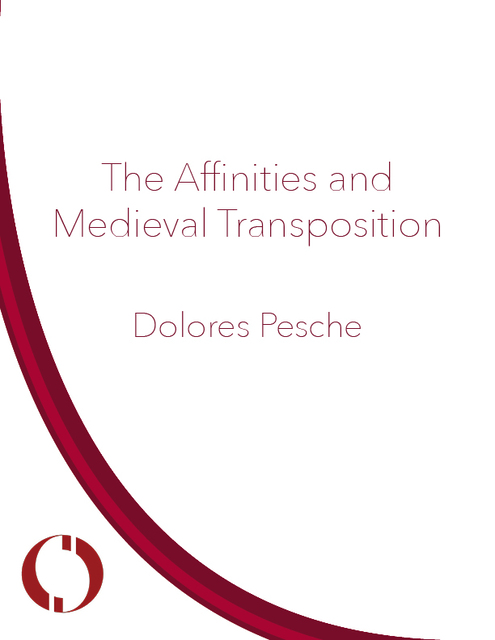The Affinities and Medieval Transposition
The concept of affinities, or pitch relationships, was fundamental to modal theory in the Middle Ages and the early Renaissance. For the first time, Dolores Pesce brings together theoretical perspectives on this subject from the end of the ninth century to the middle of the sixteenth, spanning the ideas of Hucbald through Guido of Arezzo, Jacques de Liège, Marchetto of Padua, Tinctoris, and Aaron to those of Glareanus.
Pesce provides a comprehensive survey of problematic chants and of medieval solutions for them. She also traces the arguments that led to the rejection of the affinities and the acceptance of transposition in the modern sense. Scholars will find this volume invaluable for addressing issues related to modal classification and notational practices, in both chant and polyphony.

Table of Contents
Metadata
- isbn978-0-253-05573-6
- publisherIndiana University Press
- publisher placeBloomington, Indiana USA
- restrictionsCC-BY-NC-ND
- rightsCopyright © Trustees of Indiana University
- rights holderIndiana University Press
- rights territoryWorld
- doi
We use cookies to analyze our traffic. Please decide if you are willing to accept cookies from our website. You can change this setting anytime in Privacy Settings.


